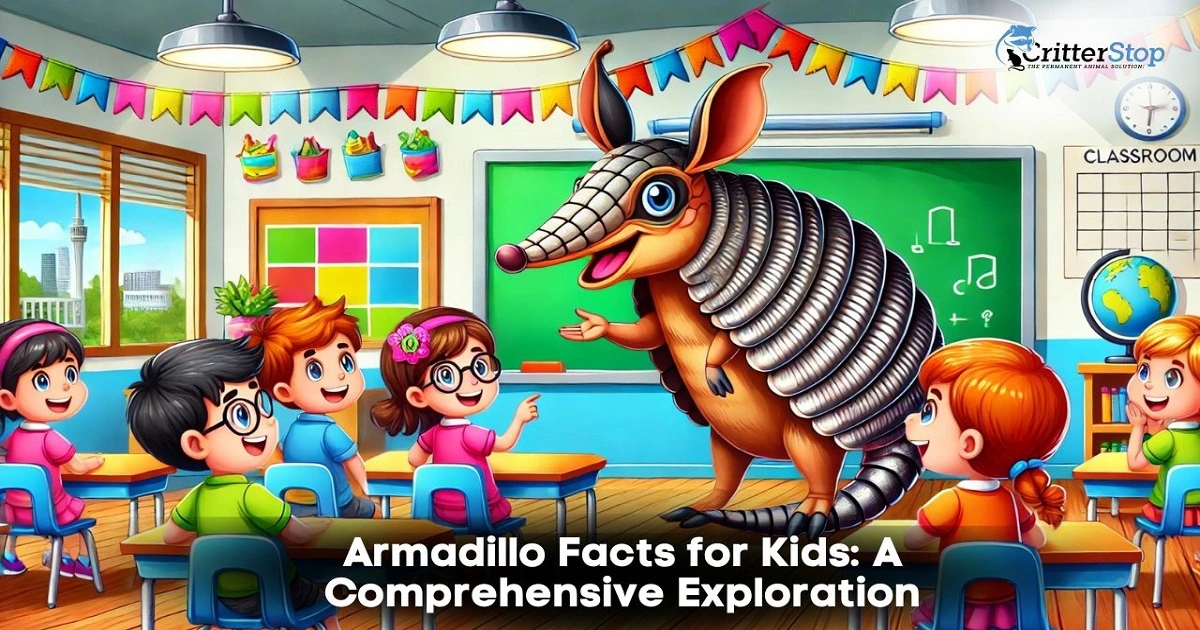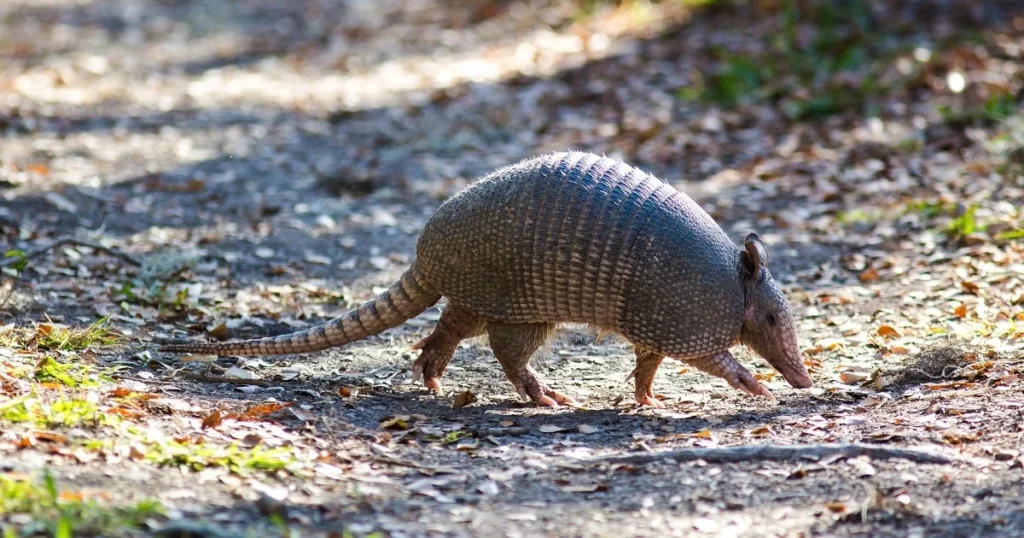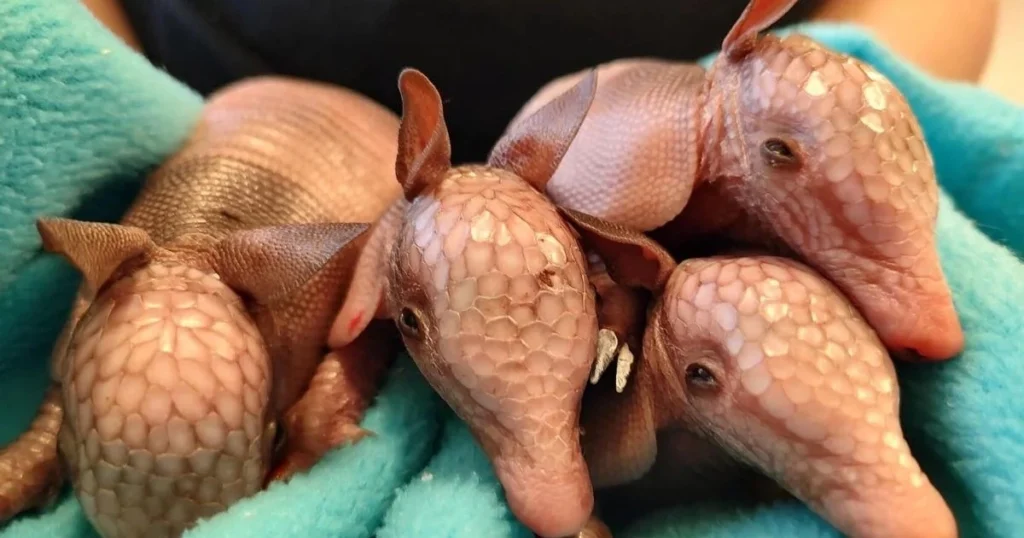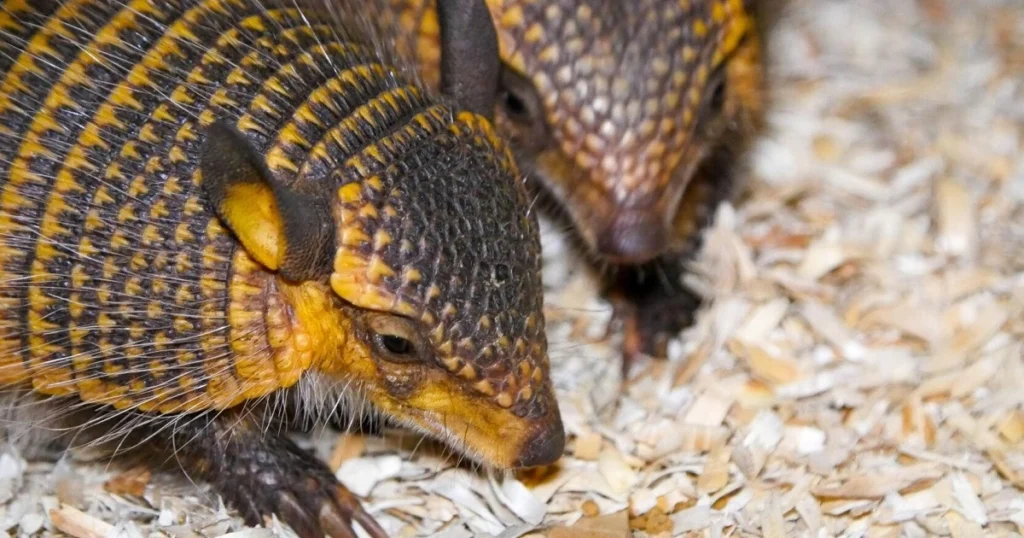
Armadillos are one of nature's most curious creatures. They sport an armor-like shell and engage in unique behaviors that intrigue both children and adults alike. Belonging to the family Dasypodidae and native primarily to the Americas, these creatures present a wonderful opportunity for educational exploration. This article will delve into the fascinating world of armadillos, uncovering their biological traits, ecological roles, and much more.

Armadillos are well-known for their protective bony shell comprising keratin-covered bony plates. This armor is their most distinctive trait, providing crucial protection against predators. Armadillos vary greatly in size, from the small Pink Fairy Armadillo to the larger Giant Armadillo, and exhibit a range of colors from brown to pinkish hues, depending on the species.
These adaptable creatures can be found in various environments, including rainforests, grasslands, and semi-deserts. They thrive particularly in warm, moist climates, although their range extends from South America into the southern regions of North America, showcasing their ability to adapt to different ecological conditions.
Insectivores at heart, armadillos primarily feed on ants, termites, and other small invertebrates.
They possess a keen sense of smell to detect food underground, using their sharp claws to unearth their meals.
Some species diversify their diet with plants, fruits, and small vertebrates.
Armadillos are predominantly nocturnal, a behavioral trait that helps them avoid daytime predators and extreme temperatures. During these hours, they mainly forage and explore their territory.
Mostly solitary, armadillos spend the bulk of their time alone, coming together with others only during the mating season. Their solitary nature contributes to their mysterious persona in the wild.
The Nine-banded Armadillo, for example, can leap vertically to escape threats.
The Three-banded Armadillo can roll into a ball, sealing its body entirely within its shell.
Armadillos have a fascinating reproductive system with a feature called delayed implantation, allowing them to time the birth of their young during favorable conditions. Depending on the species and environmental factors, they can live anywhere from 4 to 30 years.

Armadillos significantly impact their ecosystems through burrowing activities, which help aerate the soil and provide habitats for other species. Their role in controlling insect populations also aids in maintaining ecological balance.
Despite their resilience, some species, like the Giant and Pink Fairy Armadillo, face habitat destruction and hunting threats, making conservation efforts critical for their survival.
Educating young minds about armadillos can foster a deeper appreciation for wildlife and emphasize the importance of conservation. Understanding these animals helps children grasp the complexity of ecosystems and the necessity of maintaining biodiversity.
In areas where their habitats overlap with human settlements, armadillos can sometimes be seen as pests due to their burrowing habits, which may damage gardens or infrastructure. However, their role in ecosystems as insect controllers can also be beneficial. If armadillos are causing concerns at your property, contacting a professional and humane wildlife removal service like Critter Stop can be an excellent solution.
Critter Stop, based in North Texas, specializes in safely removing unwanted wildlife, ensuring your property's safety and the animals' well-being. Known for its high-quality work and exceptional customer service, Critter Stop has earned fantastic reviews and a solid reputation. Call Critter Stop at (214) 234-2616 for a free inspection and effective wildlife removal.

Armadillos are fascinating biological subjects and integral components of their ecosystems. They offer endless educational opportunities for kids to learn about nature's intricacies. By understanding armadillos, we learn the importance of each species in our vast ecological network.
For those interested in ensuring the well-being of our natural world and learning more about effective wildlife management, contacting experienced professionals like Critter Stop can be a step forward in harmonizing human and wildlife coexistence.
Welcome to our FAQ section, where we delve deeper into some fascinating aspects of armadillos. This article aims to expand young minds with intriguing and educational facts about these unique creatures. Whether you're a curious student, a supportive parent, or an enthusiastic educator, these questions and answers will provide richer insights into the world of armadillos.
Educational children’s websites, nature-focused documentaries, and children's science books offer simple and engaging armadillo facts for kids. Websites like National Geographic Kids, PBS LearningMedia, and Science Kids offer well-structured and fun facts that are perfect for young learners. These resources often include interactive games and quizzes to make learning about armadillos an enjoyable experience.
Armadillo Day, often enthusiastically celebrated in regions where armadillos are common, includes various educational and fun activities. For example, zoos might host special 'meet an armadillo' events, schools could organize armadillo-focused learning sessions, and communities might participate in conservation efforts. These events aim to raise awareness about the armadillo’s habitat, lifestyle, and conservation needs.
The three-banded armadillo, known for its unique ability to roll into a tight ball, faces predation primarily from larger mammals and birds of prey. Common predators include foxes, large birds like hawks and eagles, and occasionally larger mammals such as pumas, which can penetrate their armored shells. The armadillo's defensive curling action is a fascinating survival strategy against these threats.
The three-banded armadillo is particularly notable for its ability to completely enclose itself in its shell, a feature unique among armadillos. This species is native to parts of South America and is one of the smaller armadillo species. Its diet mainly consists of insects and larvae, which it unearths with its sharp claws. Unlike other armadillos, the three-banded armadillo does not dig extensive burrows but prefers to shelter in dense vegetation.
Armadillos have garnered a variety of affectionate nicknames based on local culture and perceptions. In the United States, particularly in Texas, they are often humorously referred to as “hillbilly speed bumps” due to their frequent, unfortunate encounters on roads. In Latin America, they might be called “tatú,” derived from the indigenous Tupi language, reflecting their cultural significance and familiarity in these regions.
For more information about armadillos or assistance with any wildlife concerns, remember that Critter Stop is here to help. As a leading North Texas wildlife and pest control service, we are committed to providing humane and effective solutions. Whether you’re dealing with armadillos or other wildlife, contact Critter Stop at (214) 234-2616 for a free inspection. We’re renowned for our high-quality service and outstanding customer reviews, ensuring your property remains safe and animal-friendly.
Visit our Critter Library and learn more about our furry friends